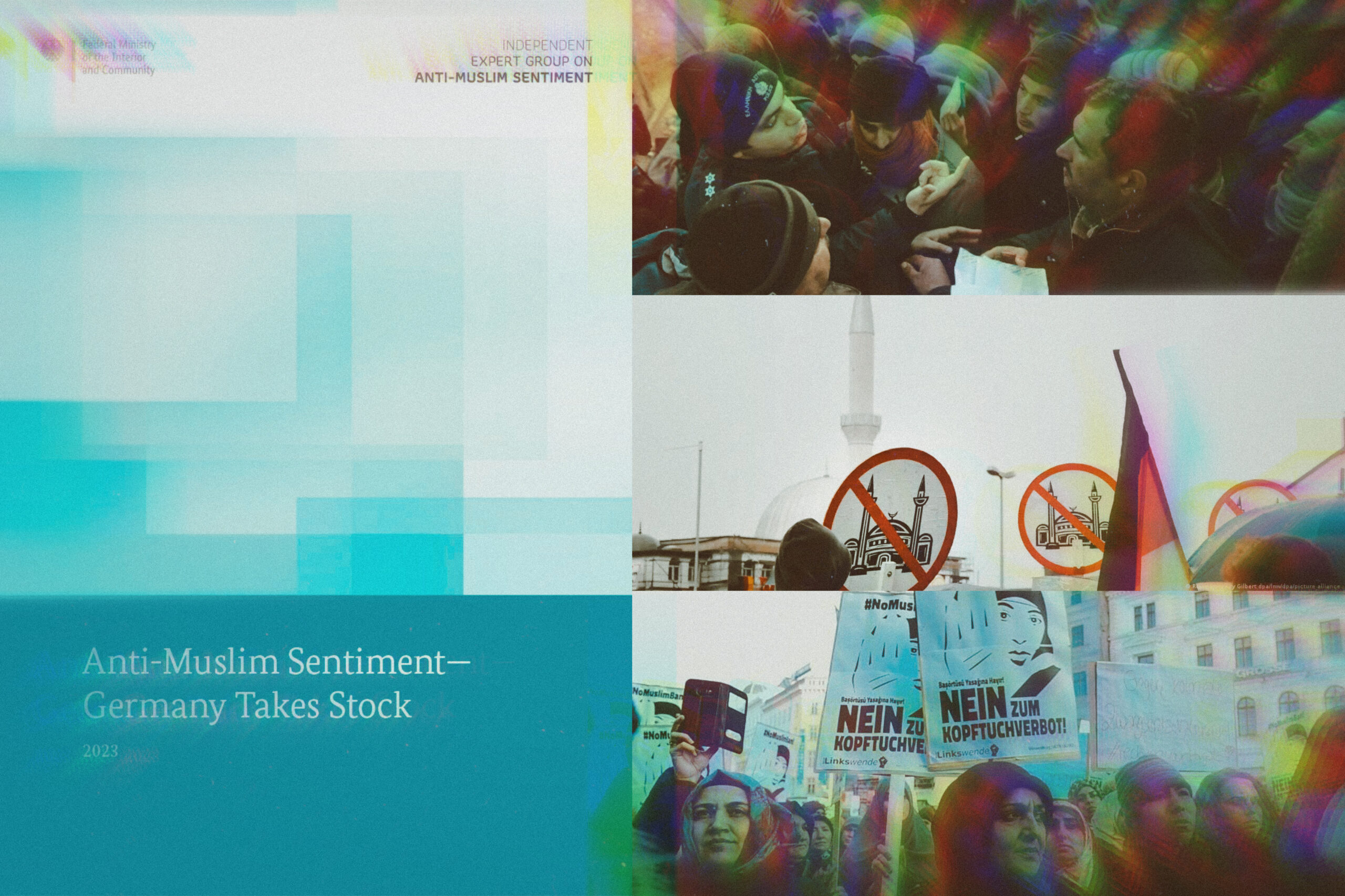19/21 September 2010
One year following the debate raised by Mouhanad Korchide’s study of Islamic religious education in Austria, not much has changed. In Korchide’s report, it was discovered that 40% of teachers did not have a pedagogical background, while 33% felt overwhelmed by the workload – partly due to a lack of fluency in German. Meanwhile, 27% stated that they were opposed to the declaration of human rights, as it was incompatible with Islam.
The uproar led the Minister of Education Claudia Schmied to propose a “Five-point-program” in February 2009, so as to assure better conditions for students and teachers of Islam; however, one year later even the new syllabus has not been approved. The proposal which had been drawn up by the commission in charge of the question was sent back by the Department of Religious Affairs due to technical concerns, while the subsequent proposal has not been fully inspected. Without a new syllabus, there have obviously been no new textbooks.
One of the main problems is the lack of personnel. This has led to a practice whereby students of the Islamic Religious Community in Austria’s (IGGiÖ) Islamic studies program have been employed even before finishing their degrees.
Finally, in response to the earlier uproar, Minister Schmied has stated all Islamic religious instructors will be required to sign a new employment contract. In this contract they will state their commitment to democracy, human right, and the constitution – something not required of Catholic, Protestant, Jewish, nor of Orthodox religious instructors.
According to Aly El Ghoubashy, a large part of the problem lies with the Islamic Religious Community in Austria (IGGiÖ), and its leader Anas Schakfeh. El Ghoubashy, a religious instructor who was suspended in February 2009 due to his criticism of the IGGiÖ, says that Schakfeh “represents only himself,” and that the IGGiÖ is “not a church.” He argues that the state needs to take on a larger role with regard to Islamic religious education in Austria so as to balance the influence of the associations, and to avoid the “importation” of imams and instructors from abroad.






